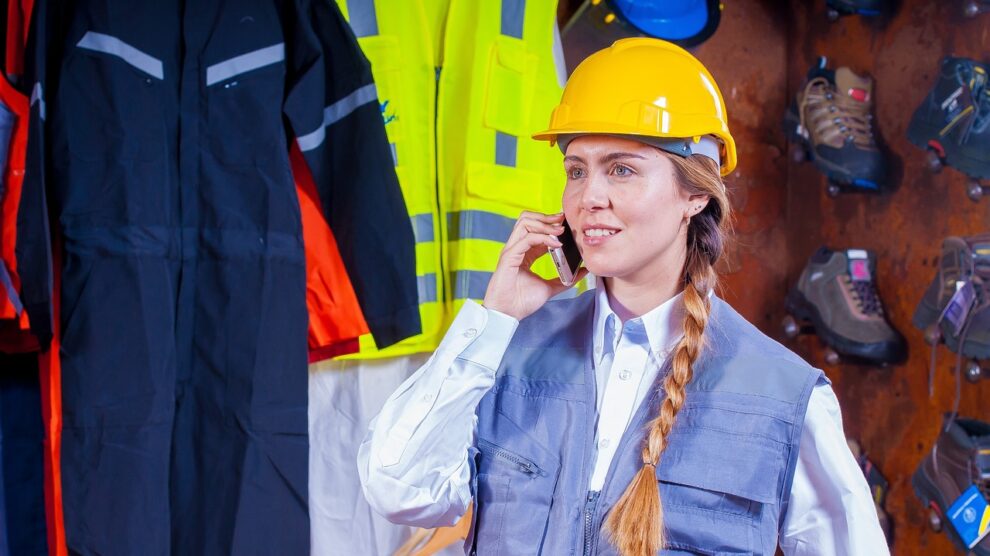Late in June 2023, the news of the lost Titan submersible made headlines across the world. Various articles have since revealed safety concerns that surrounded the submersible’s operations prior to the tragic incident — foremost of which is the approach to safety observed by the submersible company.
It is truly disheartening to learn of the somewhat lax attitude towards safety from the company’s leadership. Several news reports have quoted its late CEO as saying:
“You know, there’s a limit. At some point safety just is pure waste. I mean if you just want to be safe, don’t get out of bed. Don’t get in your car. Don’t do anything. At some point, you’re going to take some risk, and it really is a risk/reward question. I think I can do this just as safely by breaking the rules.” – (Nahmias, L. & Molero, G. (2023, June 21). Titanic Tour Leader Loved Risk and Called Safety a ‘Pure Waste’ Bloomberg.)
These words are even more alarming to read given the nature of their business.
While these kinds of events tend only to capture public attention when they are highlighted in the news cycle, this unprecedented and devastating accident highlights the crucial role of safety in all phases of business operations. It is also a telling example of how a culture of safety must be built and enforced from the top down. Below are foundational principles in business safety that I believe are worth revisiting and underscoring, with the hopes of preventing tragic history from repeating itself.
Safety Starts at the Very Start
While there is no such thing as zero risk unless we do nothing, and although exploring the world may entail danger, we should always endeavor to anticipate and prevent any possible safety issue that may affect us and our clients and customers.
Beyond value propositions and business models, leaders should also put safety guidelines and procedures at the top of the list of must-haves even from the early stages of any business venture. When we put safety among our prime priorities, even before launching a business, we are effectively putting ourselves a step ahead of possible errors and accidents.
This attention to detail and safety policy should be articulated in the Company mission, vision and objectives to ensure that they are practiced and enforced. But most importantly, everyone from the leader to the most junior employees should understand and live these safety values.
A Culture of Safety Is Only Truly Lived If It Comes from the Top
Another important facet of an effective safety culture is in the principles set by the leadership. As I mentioned above, everyone has to live the company’s safety values — the head of the company, most of all. It is the job of a Company leader to set the tone for safety. You see all these “Safety is Job 1” in factories and in other places. Companies may have safety operating manuals, safety officers, and other appearances of practicing safety, but unless a Company leader actually lives and breathes safety, both in practice and in pronouncements, that company is actually unsafe.
As the head of a business, your employees will look to you to set the culture. And whether your VMO statements reflect the reality of your company is up to you.
Safety First, No Matter What Industry You Work In
While you may not be in the underwater submersible business, you could be in the food, airline, restaurant, construction, hospital, equipment manufacturing, pharmaceutical, and other industries. There are actually many industries and businesses that if we manage too loosely could end up causing harm or at least a major inconvenience to customers and clients.
Proper design involves anticipating all sorts of possible misuse and conditions that may cause harm. Testing validates whether the product actually works the way it was meant to work. Legal constraints and fine print may seem as unreasonable constraints on freedom, but sometimes it is important to tell our clients and customers not to misuse or utilize our products in ways that these were not designed for.
Quality control is also something you should never skimp on. Across industries, protocols to ensure quality — from the smallest details to the final product — prevent disaster from happening. For example, complex equipment such as commercial or military aircraft or submarines often have people whose job involves looking at the quality of all the materials that go into these machines, including the source and quality of each minor bolt and screw. Similarly the food and pharmaceutical industries also monitor each material that goes into their products. An overabundance of caution and safety never hurt anyone.
Success Is a Byproduct of Safety, Not the Other Way Around
In the business world, one root cause of catastrophic safety failure is a desire to maximize the bottom line by removing costly features that might prevent some deadly incidents that may not occur that frequently. It may also involve using cheaper materials that may work for household entertainment products, but not for products intended to be used for harsh environments.
It goes without saying that safety should never be sacrificed for the good of business finances. And no matter what, businesses should never cut corners when it comes to protecting lives and property. Because even if we might not be bringing customers several thousand feet below the ocean, our products and services could be equally as dangerous to people if we have a lax attitude towards safety just to meet the bottom line.
At the end of the day, business should not just be about making a profit. It should also be about serving the public good, and that entails ensuring the safety of employees and customers alike, every step of the way.





